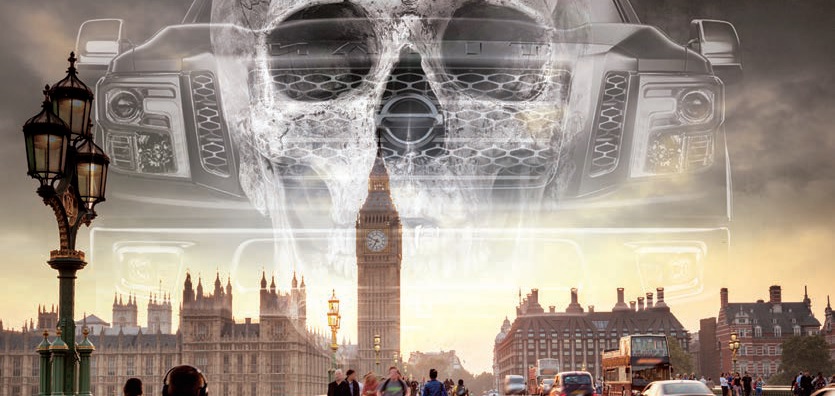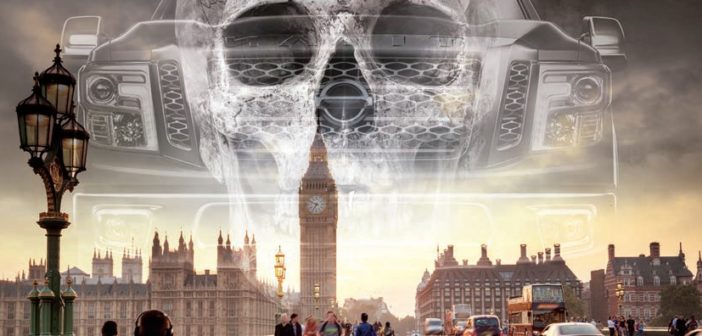
 Terrorism in the 1970s was predominated by airline hijackings, the 1980s fell victim to suicide bombings, the 1990s and 2000s involved an abundance of improvised explosive devices, and now vehicular terrorism to ram down pedestrians in public places is at the forefront. Notable in the last 10 years is the global rise of hostile vehicle attacks (HVAs) in western countries. For such attacks, resources are plentiful and target choice random. The use of readily available vehicles disguises an otherwise obvious weapon choice at places of mass gatherings (PMGs) in densely populated cities. Low cost technological advancements also enable low-skilled coordinated simultaneous attacks on exposed targets poorly protected from the design nature of city planning.
Terrorism in the 1970s was predominated by airline hijackings, the 1980s fell victim to suicide bombings, the 1990s and 2000s involved an abundance of improvised explosive devices, and now vehicular terrorism to ram down pedestrians in public places is at the forefront. Notable in the last 10 years is the global rise of hostile vehicle attacks (HVAs) in western countries. For such attacks, resources are plentiful and target choice random. The use of readily available vehicles disguises an otherwise obvious weapon choice at places of mass gatherings (PMGs) in densely populated cities. Low cost technological advancements also enable low-skilled coordinated simultaneous attacks on exposed targets poorly protected from the design nature of city planning.
The recent horrifying attacks in 2017 on La Rambla in Barcelona and Westminster Bridge in London, as well as the 2016 Bastille Day promenade attack in France and the Christmas market place ramming in Berlin, highlight the current nature of terrorism which now focuses on converting common vehicles into readily available weapons for inflicting harm to pedestrians in PMGs. Collectively these attacks, albeit only a few of many others, have killed over 100 innocent civilians and injured over 700 more.
Common to HVAs is the perpetrator’s motivation. Individuals driven by ideological or religious beliefs, particularly those subscribing to Al-Qaeda and ISIS extremism, will use common vehicles as weapons against pedestrian targets for mass terrorism…Click here to read full article.






